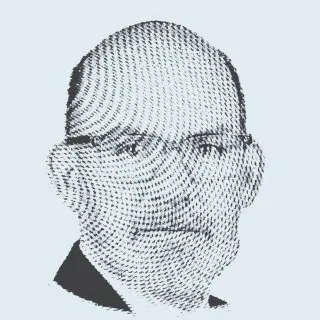With potential for de-escalation in the Ain El Helweh refugee camp becoming stronger as arrangements for a ceasefire proceed, giving mediators an opportunity to facilitate a temporary or permanent solution! These efforts have coincided with the anniversary of the Sabra and Shatila massacre, which claimed the lives of thousands of people from several countries, including Palestinians, Lebanese, Syrians, and others who resided there.
The massacre was perpetrated soon after the two Palestinian camps in eastern Beirut were wiped out during the civil war, the Dbayeh and Tal al-Zaatar camps to be more precise. Without delving too deeply into the chronology or context, Palestinian camps were the focal point for several calamitous crises. Indeed, nowhere else was more vulnerable to incursions, sieges, and wars. As soon as one catastrophe in the camp would end, another that is worse would begin.
Whenever the destruction or displacement persisted in one place, it would unfold again elsewhere. This cycle has led us to the situation we found before in Ain El Helweh today, the largest and oldest of all Palestinian refugee camps. This camp lies in the middle of a series of camps that begins in the far north of Lebanon (Beddawi and Nahr al-Bared, through central), passes through central regions (Burj al-Barajneh, Sabra and Shatila in Beirut), and extends to the South (Saida and Tyre). One thing that all of these camps have in common is that they are all close to Lebanese cities — some are almost in the center.
Historically, either Fatah or all the factions of the Palestinian Liberation Organization ran the camp. The Palestinian leadership and its solid relationship with neighboring areas safeguarded the camp's stability. The city of Saida was a secure base and an Arab nationalist stronghold. Locals and their leaders have always considered the Palestinian cause their own, and they have never taken actions that harmed the camp or disturbed its deep and lasting positive relationship with the inhabitants.
Moreover, after the Palestinian revolution was ousted from southern Lebanon and Beirut, the camp began to manage its own affairs through what remained of its residents. It continued to enjoy the support of the community around it. However, it was later made to undergo hardships similar to those seen in other camps. In developments that had been seen in other camps in the north, center, and south, Ain El Helweh has become a focal point of forces and agendas that want not only to seize control of this small and extremely overcrowded camp, but also to control all the Palestinian camps in Lebanon.
Some have an eye on turning the camp into a base of the Axis of Resistance, and others cover for them by accusing Fatah of being part of a global conspiracy spearheaded by Israel, the US, and Palestinians from the "Ramallah faction." Some see remnants of Al-Qaeda and ISIS, and similar groups, as valuable assets they can make use of to impose their control, even if this is achieved through the expansion of the scope of mediation. There are also those who frame the situation in sectarian terms, presenting the camp as a Sunni stronghold linked to Saida in a way that impedes efforts to liberate the Galilee!
Some are trying to force the question of Abbas’ succession into the mix, as though this were a matter decided in Ain El Helweh. Others are pushing the idea that “today is Lebanon, and tomorrow it will be the West Bank;” in the way it is being propagated, this narrative warns of a civil war. If it were to break out, such infighting would spell the end of the Palestinian cause altogether. The infighting is also planned for Ain El Helweh, which it is hoped will become the site of scenarios that have played out in other camps.
The fighting “in and over” Ain El Helweh, and the wars that preceded it, in which several camps were turned into the theater and victim, were to a large extent precipitated agendas. These agendas’ narrative is nothing but a lie to justify this drive to build influence, and those behind them suspend people’s lives with pretenses of glory that no one is convinced of anymore.
The Palestinians in Ain El Helweh in Saida, those in Burj al-Barajneh in the southern suburbs of Beirut, those in Jenin, al-Amari, and al-Aroub in the West Bank, and in Nahr al-Bared, Beddawi and Yarmouk, have engraved a slogan with the power of principle.
“A camp is not fit to be a homeland.” This is the most eloquent response to the fantasies of an alternative homeland. Now they are saying: We will not allow for more displacement.
All camp residents have kept the keys to their homes that they believe they will return to, although this prospect seems to get further by the day. Camps are the most potent manifestation of Palestine’s disaster. A camp cannot be eliminated by wars, sieges, and displacement. If the overarching Palestinian question is not resolved to the satisfaction of its people, then all the insidious plans being hatched against the camp are a pointless waste of time. All they will result in is the deepening of the bitterness and pain in the souls of its residents.










